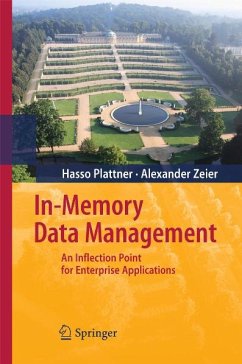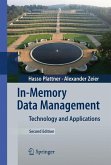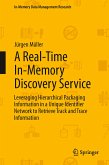In the last 50 years the world has been completely transformed through the use of IT. We have now reached a new inflection point. Here we present, for the first time, how in-memory computing is changing the way businesses are run. Today, enterprise data is split into separate databases for performance reasons. Analytical data resides in warehouses, synchronized periodically with transactional systems. This separation makes flexible, real-time reporting on current data impossible. Multi-core CPUs, large main memories, cloud computing and powerful mobile devices are serving as the foundation for the transition of enterprises away from this restrictive model. We describe techniques that allow analytical and transactional processing at the speed of thought and enable new ways of doing business. The book is intended for university students, IT-professionals and IT-managers, but also for senior management who wish to create new business processes by leveraging in-memory computing.
Dieser Download kann aus rechtlichen Gründen nur mit Rechnungsadresse in A, B, BG, CY, CZ, D, DK, EW, E, FIN, F, GR, HR, H, IRL, I, LT, L, LR, M, NL, PL, P, R, S, SLO, SK ausgeliefert werden.
Hinweis: Dieser Artikel kann nur an eine deutsche Lieferadresse ausgeliefert werden.









